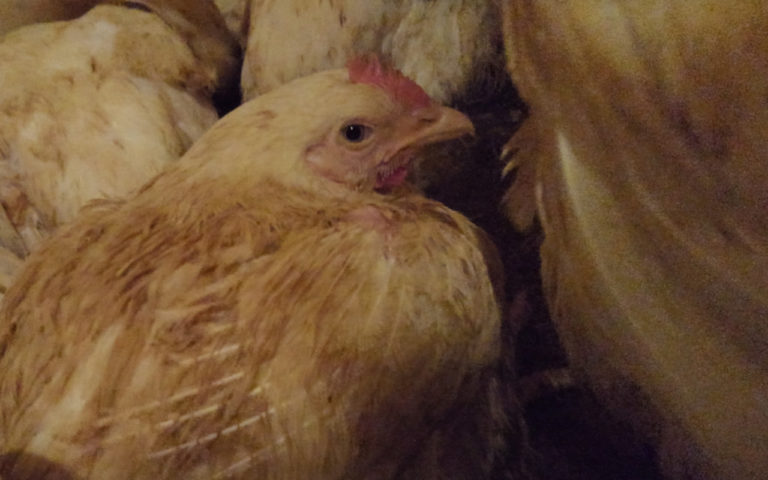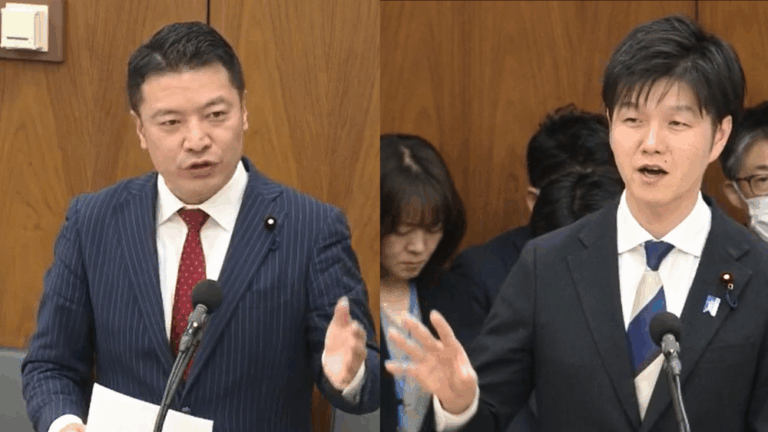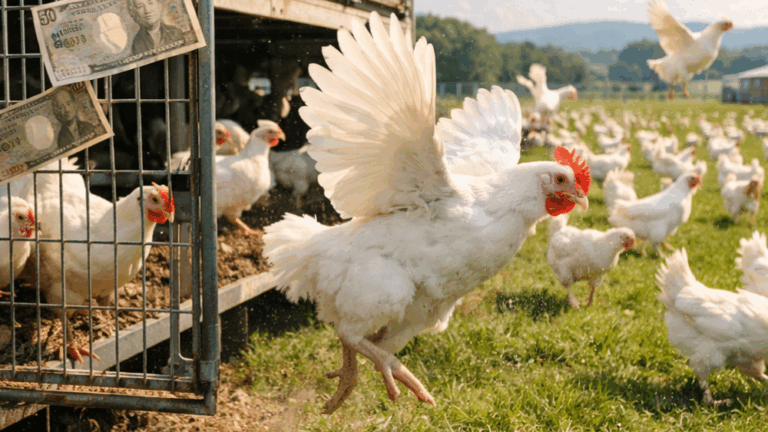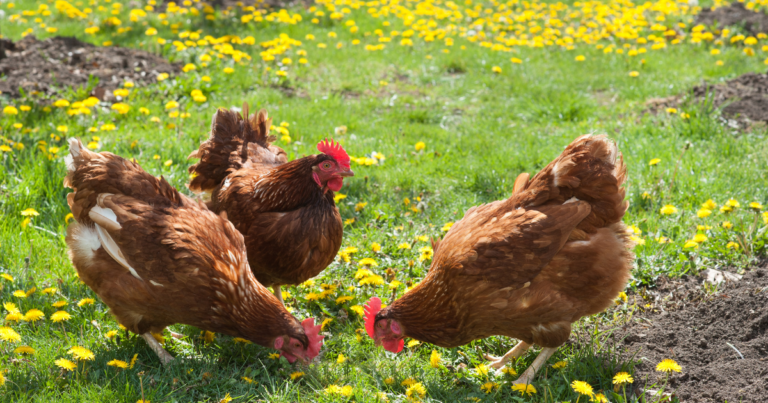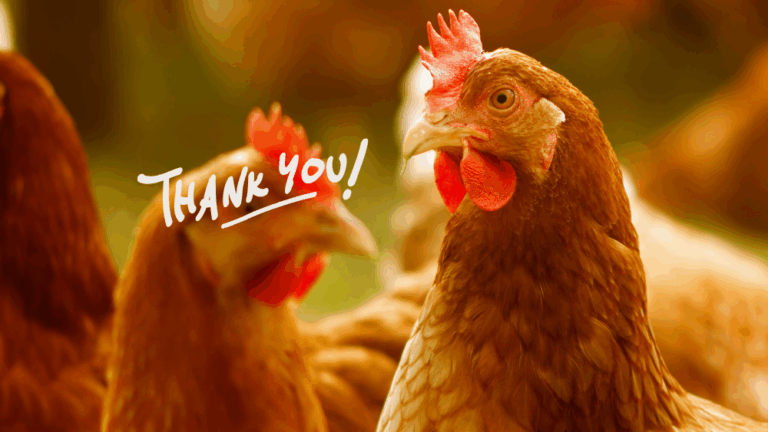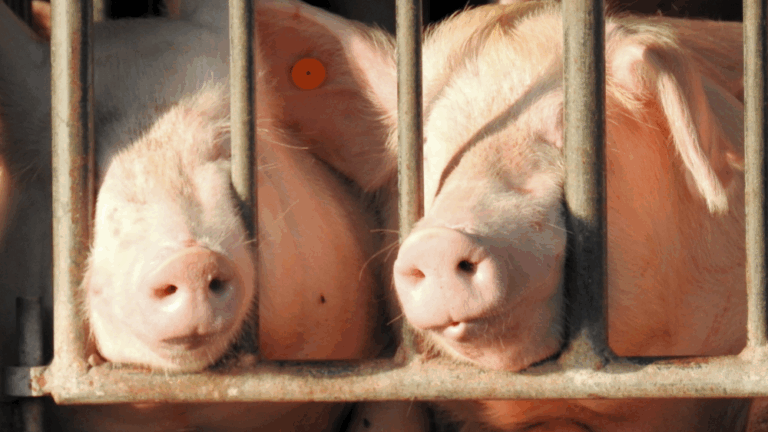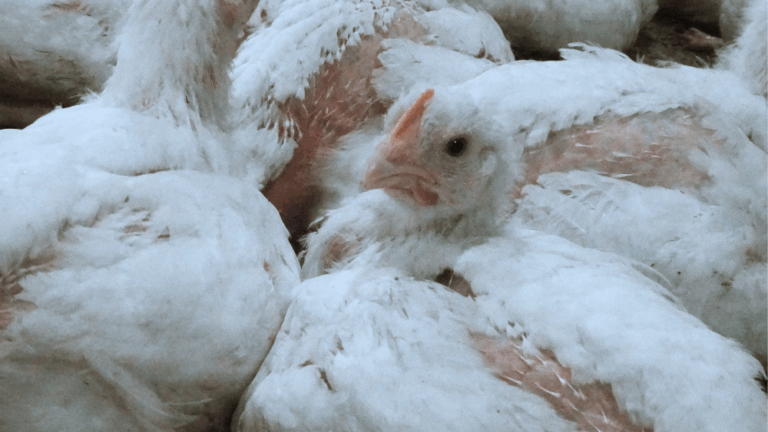How we leverage for the movement for livestock animals
A revision of the Act on Welfare and Management of Animals came into effect on June 1st 2020.
In cooperation with other groups, we had made several suggestions to make this revision more practical.
So we’ll walk readers through what has been revised as well as the new obligations for some sectors to this act.
However, we will skip the sections in regards to protection of cats and dogs in this article since animal rights groups often cover this issue. We’ll focus on livestock animals.
So here is the Act: https://www.env.go.jp/nature/dobutsu/aigo/1_law/files/aigo_kanri_1973_105_en.pdf
You can also refer to this article that explained the revision of the act here.
Protection of Livestock Animals
The revision added some sections in regards to livestock animals. So the treatment of them will be more closely monitored.
Let us introduce some sections relevant to agriculture.
First, let us say this. Livestock animals are indeed in the scope of the Animal Welfare Law. In fact, it has always been this way. The owners of livestock animals are subject to the law, and penalties apply. That said, there aren’t any specific sections for livestock animals, even in this revised version. However, this revision includes a part that explains protection of livestock animals for the first time.
Agriculture business and animal slaughter business must cooperate
Article 41 (4) Enhancement of Cooperation among relevant parties
A new section was added to enhance cooperation among relevant parties. Now the national government shall be responsible to provide information, technical advice, and any other necessary measures to local governments including the departments responsible for livestock animals and public health as well as private sectors.
It’s going to be mandatory for government workers, including those working at the Livestock Hygiene Service Centers, to give guidance on the Animal Welfare Law to companies who handle livestock animals such as slaughterhouses.
So this is progress, though slow, because they will give guidance on the law if requested.
However, it’s important to note the staff at the Livestock Hygiene Service Centers tend to overlook the importance of animal welfare.
Obligations for veterinarians to report animal abuse
Article 41 (2) Notifications by veterinarians
It used to be only encouraged, but it’s an obligation imposed to veterinarians in this revision now. When a veterinarian, in conducting his/her business, finds the carcass of an animal that is considered to have been destroyed without reason or finds an animal that is considered to have been injured or made subject to cruelty without reason, he/she must notify the prefectural governor and any other relevant organs.
Though there is no penalty, it is a violation if he/she doesn’t report the abuse.
Let’s not forget there are veterinarians working with animal farms and slaughterhouses. They must report any animal abuse if found.
Administrations can request inspections just like they can to pet owners
Article 25 Administrations can (and were able to even before this revision) request on-site inspections when there is any doubt of animal abuse or unsanitary situations. Before this revision, it had to be a case when multiple animals were kept in one place. However, we can make a case even with a single animal being kept now.
That said, there are not many situations where only one animal is kept in agribusiness. So this has always been applicable, though we’ve never seen it being claimed.
The administration may not act upon this right away so we hope the relevant parties will.
Consideration of global trends for killing methods
Article 40 Consideration of global trends in terms of killing methods of animals
The killing methods have been so cruel in the agriculture industry in Japan. Upon this revision, the Ministry of Environment notified they’ll revisit these conventional methods and will take into consideration global trends in light of scientific insights and regulations as well as the safety of workers.
Penal Provisions
Article 44
Livestock animals are not an exception to the penalties. If it’s a corporation, the penalty actually doubles because it applies to an individual who abuses animals and his/her employer. The notable point for this new revision in light of Penal Provisions is that it explicitly indicates it’s a violation if housing density of said animals to care and keep is remarkably improper. Hm, we know so many companies actually fall under this so it may be meaningless.
However, companies have been claiming their innocence because they were “compliant” to the law. So, they can no longer state if they stock up chickens, put pigs or cows in crowded spaces.
Extra Editions : Cockfighting, dog fighting, bullfighting, and entertainment using horses
Article 44 (2) We should regard any animal fighting as subject to the penal provision.
It is considered to be “abuse” and subject to penalty if “A person who has injured or has committed an act that likely leads to such an injury, without reason, a protected animal.”
Even if there is no injury, an act itself that may lead to injuries is a violation. The same applies even if a person does not injure a protected animal, but imposes said animal to commit an act that leads to injuries.
Cock fighting almost always results in injuries, or at least the chances of getting injured is quite high. So we should practically ban this.
Likewise, animals get injured or sometimes die in entertainment events using horses such as the Horse festivals. This should also be considered a violation.
Translated by Seika K


